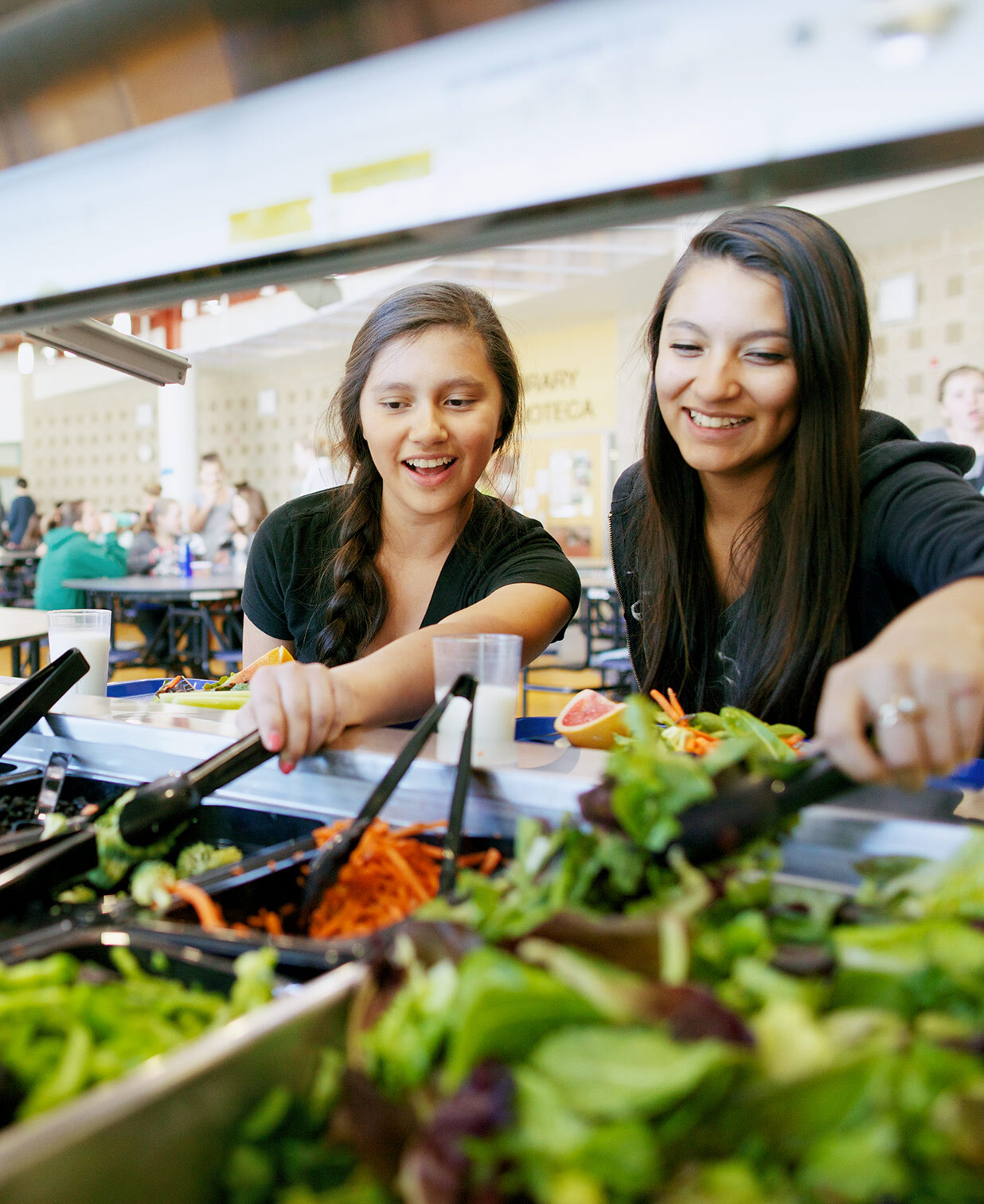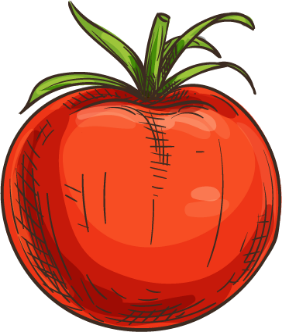Why Salad Bars?
Of all the changes put in place with the Healthy Hunger Free Kids Act of 2010, arguably the biggest shift was the requirement for students to take a half cup of fruit or vegetable for breakfast and lunch.
Prior to 2012, fruits and vegetables were combined as one food group and only offering them was required. A student could take 3 of the 5 options for “offer versus serve” and entirely skip fruits and vegetables. The positive health impact of eating fruits and vegetables is well documented and now considered an intervention as well as a preventative measure against many diseases. This is reflected in consistently in the USDA’s guidance Choose My Plate, where half of the the virtual plate consists of fruits and vegetables.
One challenge is teaching our kids to choose and enjoy fruits and vegetables. While the meal requirements literally force the students to take a fruit or vegetable with breakfast and lunch, eating that choice is another matter. Salad bars serve as a platform to teach, encourage, and tempt students with a dazzling array of fruits and vegetables. Research shows that salad bars increase consumption of fresh fruits and vegetables and increase meal program participation. In our fast-food and packaged world, fresh foods can be “foreign,” so every measure to counter that trend is essential.
Salad bars improve the overall look and feel of “traditional” hot service lines, providing the opportunity for creativity in menu planning and more opportunities to develop menu complexity and choice. The Salad Bars to Schools (SB2S) program was a partnership founded by the Chef Ann Foundation, National Fruit and Vegetable Alliance, United Fresh Start Foundation, and Whole Foods Market. Since 2010, the partnership has distributed 5965 salad bar grants, a testament to the popularity of salad bars as a cornerstone of menu planning. SB2S is currently a partnership of the Chef Ann Foundation and Whole Kids Foundation.


Salad bars improve the overall look and feel of “traditional” hot service lines, providing the opportunity for creativity in menu planning and more opportunities to develop menu complexity and choice. The Salad Bars to Schools (SB2S) program was a partnership founded by the Chef Ann Foundation, National Fruit and Vegetable Alliance, United Fresh Start Foundation, and Whole Foods Market. Since 2010, the partnership has distributed 5965 salad bar grants, a testament to the popularity of salad bars as a cornerstone of menu planning. SB2S is currently a partnership of the Chef Ann Foundation and Whole Kids Foundation.
Other Fresh Food Initiatives
School Breakfast
By offering breakfast after the bell to all students, we can reduce the severe negative impact of hunger on school age children across the country.
Sustainable Lunchrooms
Serving more plant forward meals in schools can have a positive impact on the environment, student health and food service budgets.






